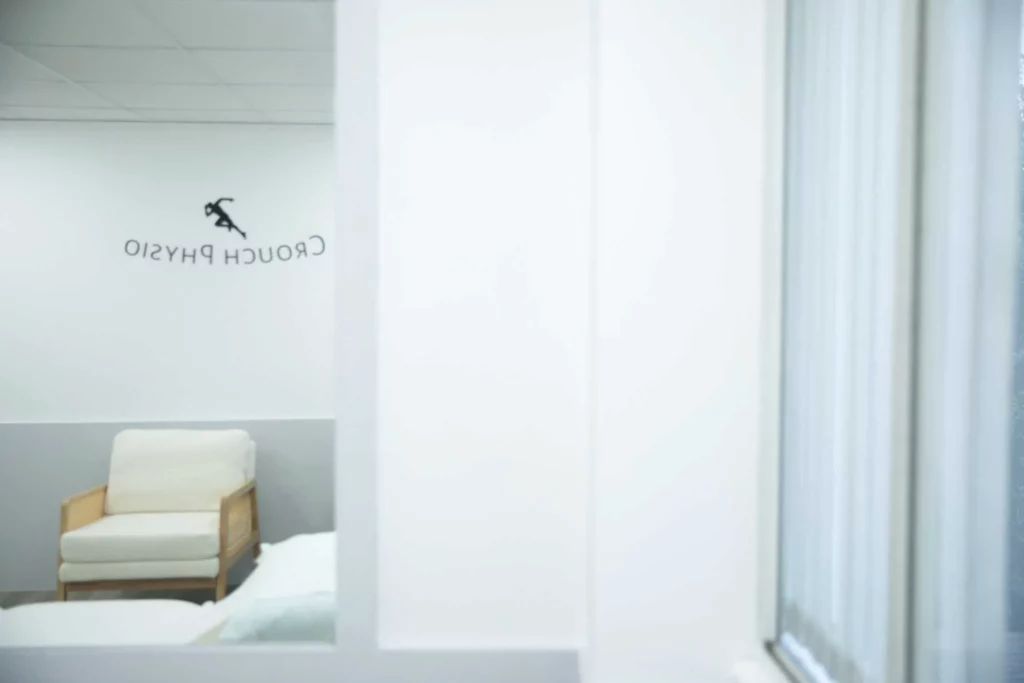Sciatica

What is Sciatica?
Sciatica refers to pain that radiates along the path of the sciatic nerve, which branches from your lower back through your hips and buttocks and down each leg. It usually affects one side of the body and can vary in intensity, from a mild ache to excruciating pain.
Patient Pain Symptoms/Presentation
- Pain: The most common symptom is a sharp, shooting pain that travels from the lower back or buttocks down the back of one leg. This pain can be debilitating and may worsen with movement, coughing, or sneezing.
- Numbness and Tingling: Patients may experience numbness, tingling, or weakness in the affected leg or foot.
- Muscle Weakness: Weakness in the leg or foot muscles can occur, making it difficult to move or control the affected limb.
- Difficulty with Movement: Patients may find it challenging to stand up, walk, or sit for prolonged periods due to the pain and discomfort.
- Burning Sensation: Some individuals report a burning sensation along the affected leg.


Tests for Diagnosis
- Physical Examination: A thorough physical examination by a physiotherapist or healthcare professional can help identify specific movements or positions that aggravate the pain, as well as assess muscle strength, reflexes, and sensation in the affected limb.
- Imaging Studies: X-rays, MRI (Magnetic Resonance Imaging), or CT (Computed Tomography) scans may be ordered to visualise the spine and detect any abnormalities, such as herniated discs or spinal stenosis, which could be compressing the sciatic nerve.
Treatment Methods
- Pain Management: Initially, treatment focuses on relieving pain and inflammation through methods such as over-the-counter pain relievers (e.g., ibuprofen), muscle relaxants, or prescription medications if necessary.
- Physical Therapy: Physiotherapy plays a crucial role in managing sciatica. A physiotherapist can design a tailored exercise programme to strengthen the muscles supporting the spine, improve flexibility, and correct posture. Techniques such as stretching, massage, and hot/cold therapy may also be used.
- Steroid Injections: In some cases, corticosteroid injections directly into the affected area can help reduce inflammation and alleviate pain.
- Surgery: Surgery is considered a last resort and is usually recommended if conservative treatments fail to provide relief or if there is severe nerve compression requiring surgical intervention to alleviate pressure on the sciatic nerve.


Advice from a Physiotherapist's Perspective
- Stay Active: Encourage patients to stay active within their pain limits. Gentle exercises such as walking, swimming, or yoga can help maintain flexibility and strengthen the muscles supporting the spine.
- Maintain Good Posture: Emphasise the importance of maintaining good posture, especially when sitting or standing for prolonged periods, to reduce strain on the lower back.
- Avoid Aggravating Activities: Advise patients to avoid activities that exacerbate their symptoms, such as heavy lifting, prolonged sitting, or sudden movements that put stress on the spine.
- Use Proper Body Mechanics: Teach patients proper lifting techniques and body mechanics to protect the spine from injury and minimise strain on the sciatic nerve.
- Consistency with Treatment: Stress the importance of consistency with physiotherapy exercises and treatment modalities to achieve optimal results and prevent recurrence of symptoms.




